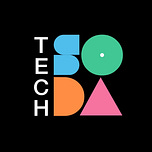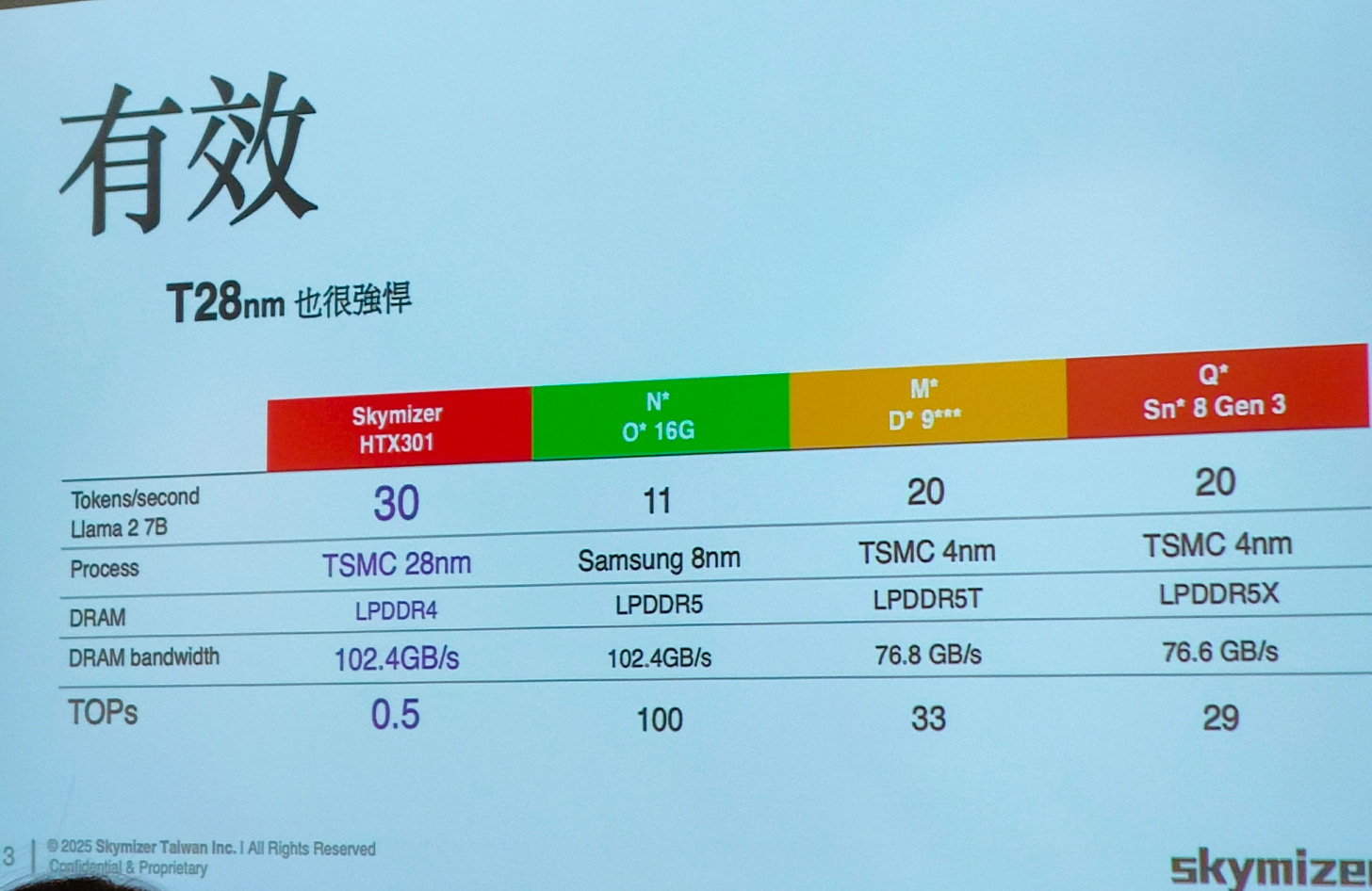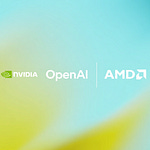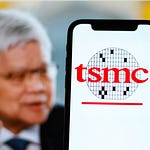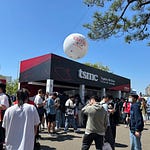
Skymizer, a Taiwan-based semiconductor IP company, has recently unveiled its latest breakthrough technology, "HyperThought," an LPU (Language Processing Unit) IP that is generating significant buzz in the tech world. HyperThought is being hailed as a potential game-changer in the push for on-device AI, promising to bring the power of generative AI, currently seen in the cloud, to everyday devices.
Established 11 years ago, Skymizer spent its initial eight years focusing on compiler software. This deep dive into software has provided the company with a unique perspective and a strong foundation for its recent move into developing its own IP products. Their first IP, Edge Thought, launched just last year, paved the way for HyperThought, which represents a substantial leap forward in a short time.
"EdgeThought brings large language model inference to the edge, while HyperThought makes the edge smarter," said William Wei, CMO of Skymizer.
"With LISA v3, we’re not just accelerating tokens—we’re enabling intelligent agents with reasoning, multimodal interaction, and real-time adaptability. This marks a major milestone in the development of edge AI."
Founder and CTO Luba Tang said to the audience in a press conference to unveil the new product “HyperThought” confidently, "Compared to competitors requiring 100s of TOPS, we achieve comparable performance with only 0.5 TOPS. This demonstrates a significant advantage in PPAC (Performance, Power, Area, and Cost), as we use a less advanced 28nm process, leading to lower cost, smaller chip size, and lower power consumption, outperforming competitors by 10 to 100x.”
Chairman Jim Lai emphasized that the metric for comparison should be Tokens Per Second Per Watt, not just raw power. While 4nm is inherently more power-efficient than 28nm, our 28nm reference chip delivers a higher Token Per Second Per Watt. Of course, if the IP is built into a 4nm chip, it would have even lower absolute power consumption.
HyperThought vs. Edge Thought: A Multimodal, Multi-Model Approach
While Edge Thought focused on bringing large language models (LLMs) to edge devices for text-based interactions, HyperThought is designed to overcome its limitations by incorporating multi-modality and the ability to run multiple models simultaneously.
Multi-model refers to HyperThought's capability to run several different AI models concurrently, such as those for speech, vision, and reasoning.
Multimodality refers to the ability of the models to process different types of data together, including text, voice, images, and sensor data.
This allows for more sophisticated and context-aware AI applications on devices.
LISA V3: The Language of Efficient AI
A key component of HyperThought is LISA V3, Skymizer's third-generation Language Instruction Set Architecture. LISA V3 is a specialized language that the HyperThought hardware “speaks,” optimized for efficient execution of complex AI tasks, multi-modality, and concurrent running of multiple models. Skymizer’s background in compiler software has been crucial in developing LISA V3, enabling a smart architecture that prioritizes efficiency.
Key Features and Benefits of HyperThought
Efficiency: HyperThought achieves high performance with lower resources through sophisticated compression techniques and tight hardware-software integration.
Performance: HyperThought delivers high tokens per second (TPS) with low tera operations per second (TOPS) and bandwidth, indicating efficient AI generation.
Cost-Effectiveness: HyperThought's design allows for the use of older, cheaper manufacturing processes and standard memory, reducing costs.
Hypersthreading: This architectural feature enables multiple users or programs to run concurrently and securely on the same HyperThought chip, improving resource sharing and scalability.
Security: HyperThought incorporates built-in security features, including encryption and isolation of short-term memory, to protect against attacks and manipulation.
Tool Integration: HyperThought allows AI to access external information or control other functions, expanding its capabilities.
Open Source Model Support: HyperThought supports standard open-source models, providing flexibility for developers.
Applications and Future Directions
Robotics: Service robots and delivery robots are noted as current applications.
Smart Retail: Natural language interfaces in stores for smart retail applications.
Meeting Recorders: Smart meeting recorders for meeting integration.
NAS Systems: Video searching and retrieval in Network Attached Storage (NAS) systems.
Security: Data centers utilize Skymizer's technology for enhanced security.
Automotive: There's a focus on automotive, particularly for AI assistance and autonomous driving features.
Smart Devices: Potential future applications include smart glasses and earbuds for translation and information.
AI PCs: Enabling existing PCs to become AI PCs with external solutions.
In essence, Skymizer's technology is being applied to enhance AI capabilities in edge devices, data centers, and specific industry verticals like robotics and automotive, with a vision for broader integration into everyday smart devices.
IP Licensing Business Model
Skymizer operates on an IP licensing business model, designing the HyperThought IP and licensing it to chip design companies, ODMs, OEMs, and cloud providers for integration into their products.
“When we work with customers on this IP, the architects from both sides collaborate on the entire SOC and computing system from the beginning. Some customers use many cores, like over a hundred, while others only need two,” said Lai. “Because we understand our IP best, we discuss market needs, required computing power, and cost considerations with our customers. Each IC is like our baby, co-designed with our customers, which is very different from traditional IP companies.”
HyperThought vs. GPUs and NPUs
Skymizer emphasizes HyperThought's specialization for LLMs and generative AI, arguing that it offers superior power efficiency and performance for these specific tasks compared to general-purpose GPUs and NPUs.
HyperThought has the potential to drive significant innovation by enabling powerful, efficient, and secure AI acceleration on devices. Skymizer will be showcasing HyperThought at Computex 2025 in Taipei from May 20th to 23rd.
Correction: “Hyperstating” should be “Hyperthreading”.

